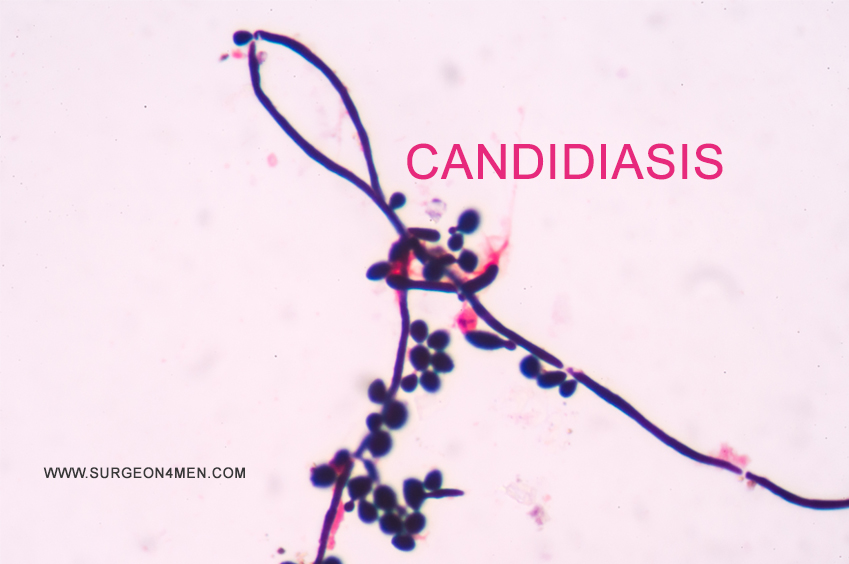Candidiasis
A form of fungal infection, Candidiasis is caused by a yeast Candida, which is naturally found in the human body in small amounts. However, the yeast could over grow due to certain medications and health problems.
Warm, moist parts of the body are highly prone to candidiasis. An infection of the skin, candidiasis can also infect the mouth, urinary tract, vagina, and stomach.
Candidiasis Causes
The body normally hosts different fungi and bacteria. Some are useful to the body, while others can cause infection, especially those living on nails, hair, and outer skin. Candida grows in warm, moist conditions. People with diabetes and those who are obese are particularly prone to candida infection.
Leading factors for candida infection include:
- poor hygiene
- infrequent undergarment changes
- warm weather
- antibiotic therapy
- tight clothing
- weakened immune system
- obesity
- poor blood sugar control
- certain medications, including antibiotics, birth control, corticosteroids
The immune system may weaken as a result of certain medications, particularly steroids, and medical and health conditions, such as diabetes and pregnancy. In obese people, yeast can thrive in skin folds, such as behind the knee, under arms, and in the arm pits and bend of the arm. Babies that wear diaper can experience candidiasis on buttocks, as diapers create a warm, moist environment, which helps in yeast growth.
Candidiasis Symptoms
Rashes can appear as white or red skin and cause cracking and soreness. The infection site may appear rash-like. It may cause blisters and pustules.
- Women may experience redness on vulva and vagina, which may itch and cause creamy, white secretion and patches in the throat or mouth. Vaginal itching and irritation is a common candidiasis symptom, resulting in a white discharge that resembles cottage cheese.
- Skin rashes, blisters, cracks, and even patches may occur in the groin, at the corners of mouth, under breasts, and between fingers & toes.
- Men may experience changes on the penis foreskin and glans in the form of tiny bubbles. When the blisters break, they cause shallow wounds, which ooze whitish secretion. These symptoms especially occur after intercourse, which causes itching that may spread to the anus.
Nonesophageal Gastrointestinal Candidiasis Symptoms
- Stomach pain
- Nausea
- Vomiting
- Epigastric pain
- Fever and chills
In some patients, the condition may even cause formation of abdominal mass.
Oral candidiasis – Affects the mouth or throat
Vulvovaginal yeast infection-Affects the genital area
Invasive candidiasis or candidemia- Infection enters the bloodstream
Nail candidiasis- Affecting the fingers and nails
Topical treatment, including an antifungal cream, is generally advise to help with candida skin infection. You may not require an oral antifungal drug to kill the yeast in most cases. However, in severe cases of candidiasis, you may need oral treatment.
References
1. www.healthline.com/health/skin/cutaneous-candidiasis#Overview1
2. www.healthline.com/health/skin/cutaneous-candidiasis#Treatment6
3. umm.edu/health/medical/altmed/condition/candidiasis
4. www.webmd.com/skin-problems-and-treatments/guide/candidiasis-yeast-infection
